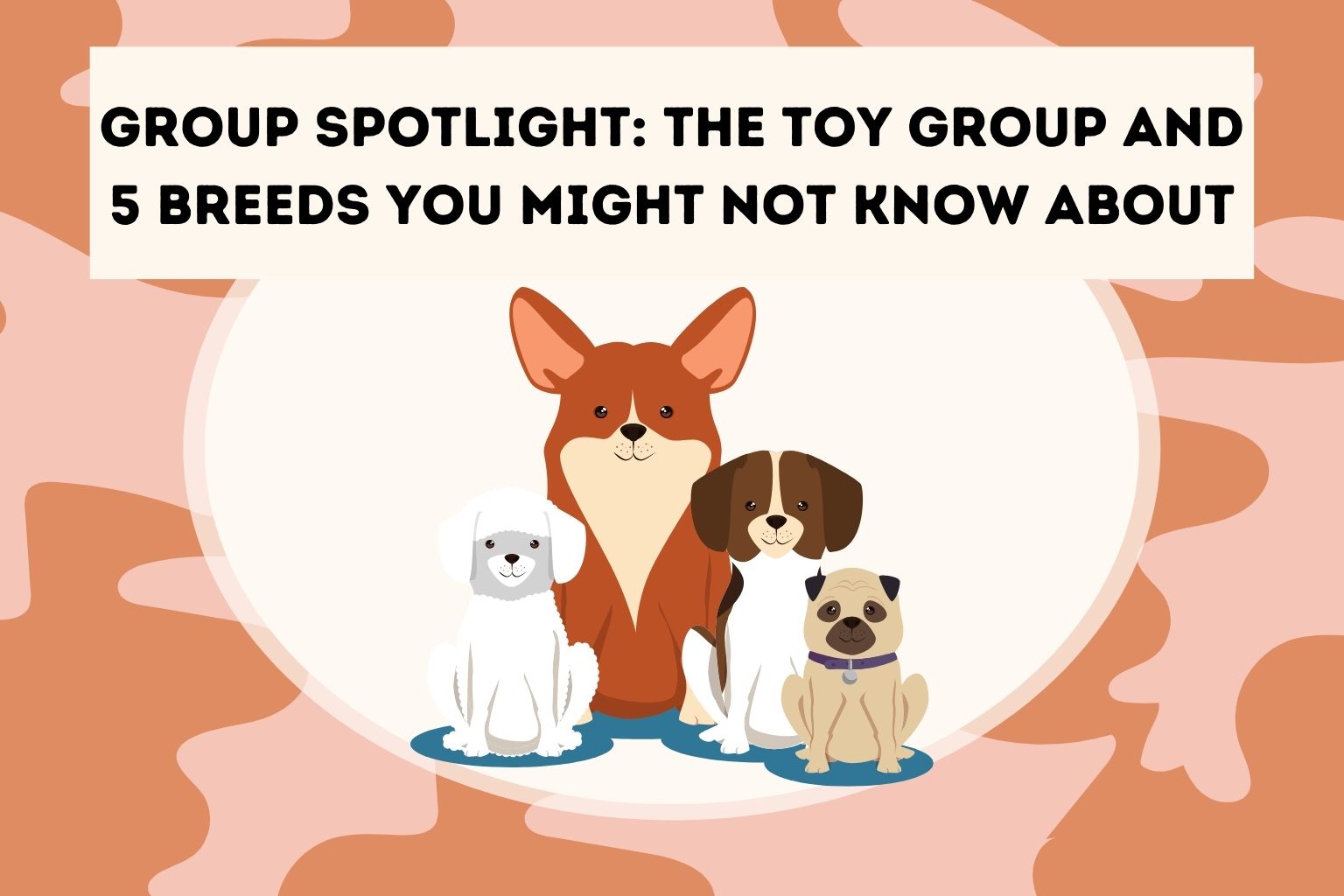The AKC says that the dogs of the Toy Group may be “short on size, but they are definitely not short on personality”. As some of the most frequent companion dogs, they are very affectionate and adaptable dogs, but they can be some of the most sociable and energetic, clever and even protective dogs you’ll meet!
In this article, we are going to take a look at the Toy Group in general, exploring its history and focus, and then we’ll take a look atfive Toy breeds you may not be all that familiar with or even know about. One thing about some of the Toy breeds is that we think we know the breed and then discover it is a unique spin on the more familiar or recognizable one, so be ready for a few surprises!
The Basics on the Toy Group
The names of the AKC groups are usually very descriptive of the purpose or focus of the dogs in the group. Herding dogs, working dogs, and even terriers (from the Latin for to the ground) all do just as their group names describe, but when it comes to the word “toy”, things get confusing. After all, dogs are not play things and should never be handled as such. So, what are the toy dogs meant to do? Why are they called toys?
Essentially, the term toy was selected by various kennel clubs and organizations because of the diminutive size of the dogs. They rate as the smallest breeds, and most were bred to serve as companions and lap dogs. As pets, they are rarely put to work or called upon to perform anything more than giving and receiving the love of their families. Yet, you’ll find breeds with names that include terms like terrier, spaniel and pinscher. Does this mean they could offer the capabilities that larger variations of terriers or spaniels provide? In a word: yes.
One expert has this to say of the Toy Group, “Their small bodies, big eyes, and expressive faces are hard for most people to resist. But don’t let their small stature fool you – toy breeds can definitely run with the ‘big dogs.’” And it is entirely possible to find a toy dog running outdoors, keeping up with and playing games alongside larger breeds.
However, at the end of the day, most toy breeds prefer their human companions, and don’t often stray too far from them.
NOTE: Growing up (as some of my readers know) my mother kept Pekingese dogs, and one particularly remarkable fellow was our dog named Snuffy. He looked just like Snuffleupagus from Sesame Street and he was a wanderer. He would take himself off into the woods, up or down the small river behind the house, and challenge every bigger dog he met (i.e. every dog he met!). He was a cuddler, but he was feisty and nearly impossible to train. So, if you are considering a toy breed, be aware that you are not guaranteed a lap magnet or super cuddly friend. And where training goes, you’ll need to be prepared for some surprises.
This is something frequently mentioned of the dogs in the Toy Group, that they are a bit tough to train, and though I always point towards the owner as equally culpable for a badly behaved dog, with the Toy Group, it takes an extra level of persistence to instill some basic tasks. For example, no yapping or nipping can be difficult to overcome once the habit appears.
This is often due to the fact that the dogs are very small, and that makes them quite fearful. Owners can also become overly protective and this leads to misunderstandings. What this means is simple: From a very early age, a toy dog has to be encouraged to explore the world around them, feel little fear of the people and sounds they encounter, and become highly socialized.
Training classes and obedience training are ideal, and though it may not seem as if it is the case, the Toy Group breeds rate as some of the best for first-time or inexperienced dog owners. This is because they often eat less, shed less, don’t need loads of exercise, are easier to handle, and generally respond well to a lot of attention. The trick is to balance all of this tendency to focus on their families with training and socialization. Do that, and you’ll have a wonderful little pal for many years to come.
Choosing a Toy Breed
Yet, if you ask animal experts, most say that you do need to give some thought to the choice of a toy breed. As one expert noted, “Many toy dogs have genetic problems with teeth and joints, and they won’t save you money on food costs because they tend to live longer than larger dogs…[and]because they are small doesn’t mean they need less exercise or mental stimulation than other breeds.”
There are also risks associated with their size, i.e. they can be injured far more easily than larger dogs, and many people have to be reminded that you cannot “squeeze” them affectionately without causing harm. Because they like to be carried around, they are prone to fall injuries, too.
They are also easy prey for larger dogs and some predators, and where a fence can keep in a larger dog, the toy breeds can often slip between seemingly impassable cracks or gaps.
Now, don’t take all of that as a thumbs-down for adopting a toy breed or mix. As that same expert above noted, “Despite the risks and problems of pocket-size pooches, they can give big-time performances…[these breeds can do] hurdling, jumping, climbing and swerving paces of the obstacle-laden contests…obedience, rally or agility,” too.
And the size of their personality can often allow them to rule the roost among much larger dogs, and often without a lot of aggression or any aggression at all.
So, just what are the proverbial pros and cons of the toys? Well, the pros include the convenience of a small and easy to manage dog that will fit into almost any environment. They won’t need long daily walks, but instead thrive on a single walk and a bit of indoor or backyard play. They are smart and can be trained to rarely bark and to travel well.
The convenience factor shouldn’t be ignored. After all, they are often small enough to be carried onto a plane or to ride easily in a car. They are the breeds most often welcome in hotels and other accommodations, and they are easy to keep tidy.
Cost is another pro, and they go through food a great deal more slowly than a big dog, but as noted, they do seem to live a lot longer (a definite plus), which means savings on things like food and medical care can be negated.
On the downside, these little guys can be either very skittish or overly bold. This can be a challenge either way. They might take on a huge dog or they might nip and bite out of fear. They can be tough to train, particularly house training, and so it requires patience and persistence to achieve this goal. Because they can be picked up and carried outdoors, it can also be a problem with house training as the dog does not take the initiative.
And very small dogs are not always a good fit to a home with small kids. This is because kids can accidentally injure a toy dog with almost no effort (after all, most weigh less than 15 pounds), and this can lead to bites or a fearful dog.
Lastly, I did note that they can have lots of dental issues, and they can be costlier up front (i.e. buying from breeders) if you are looking for a popular, rare or pup of extraordinary parentage.
So, just be aware of the pros and cons, and make a choice based on what would be best for a toy breed and your household.
Related Content:
31 Hypoallergenic Dog Breeds (Video)
21 Most Dangerous Dog Breeds (Video)
5 Tips for A Successful Breeding
The Dogs of the Toy Group
The list of breeds that fall under the heading of the Toy Group features
-
Affenpinscher
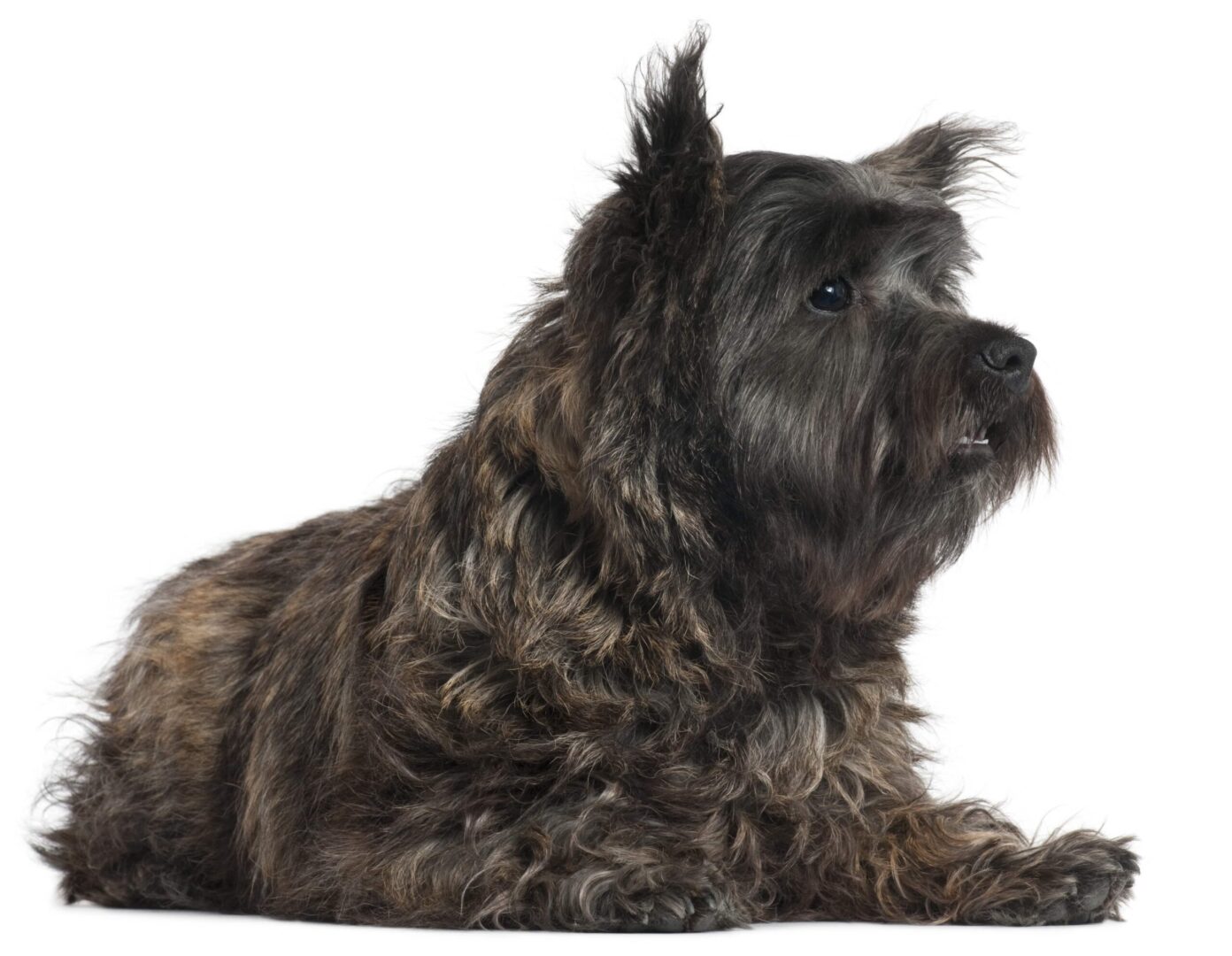
-
Brussels Griffon
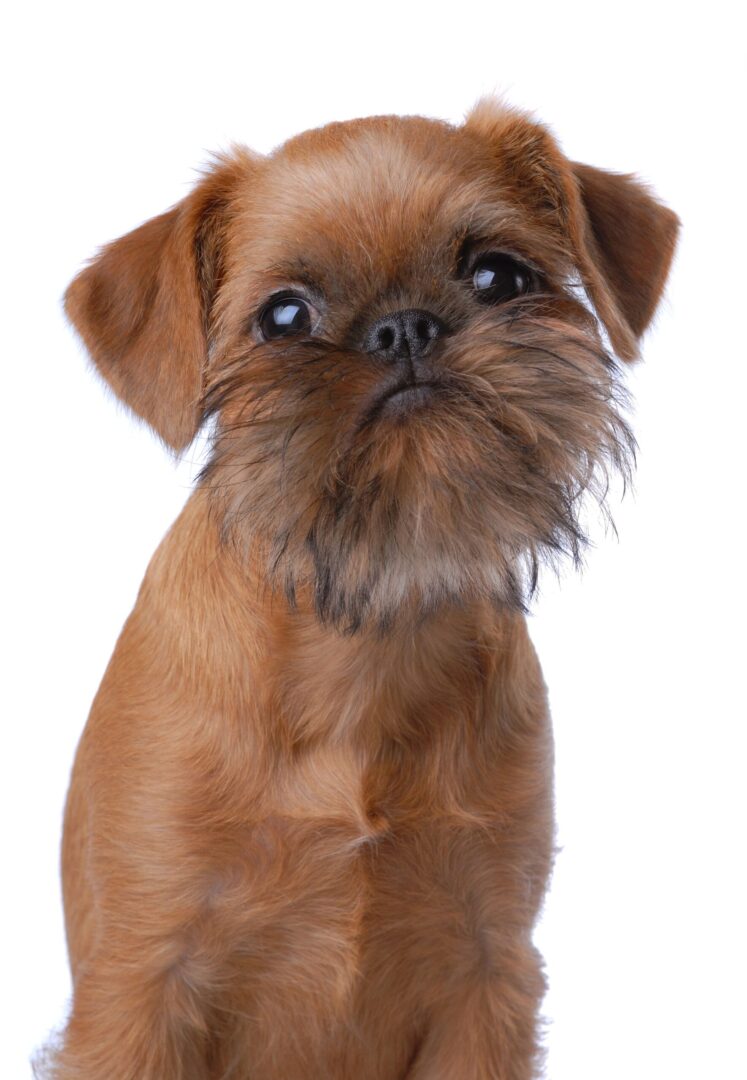
-
Cavalier King Charles

-
Chihuahua

-
Chinese Crested

-
English Toy Spaniel
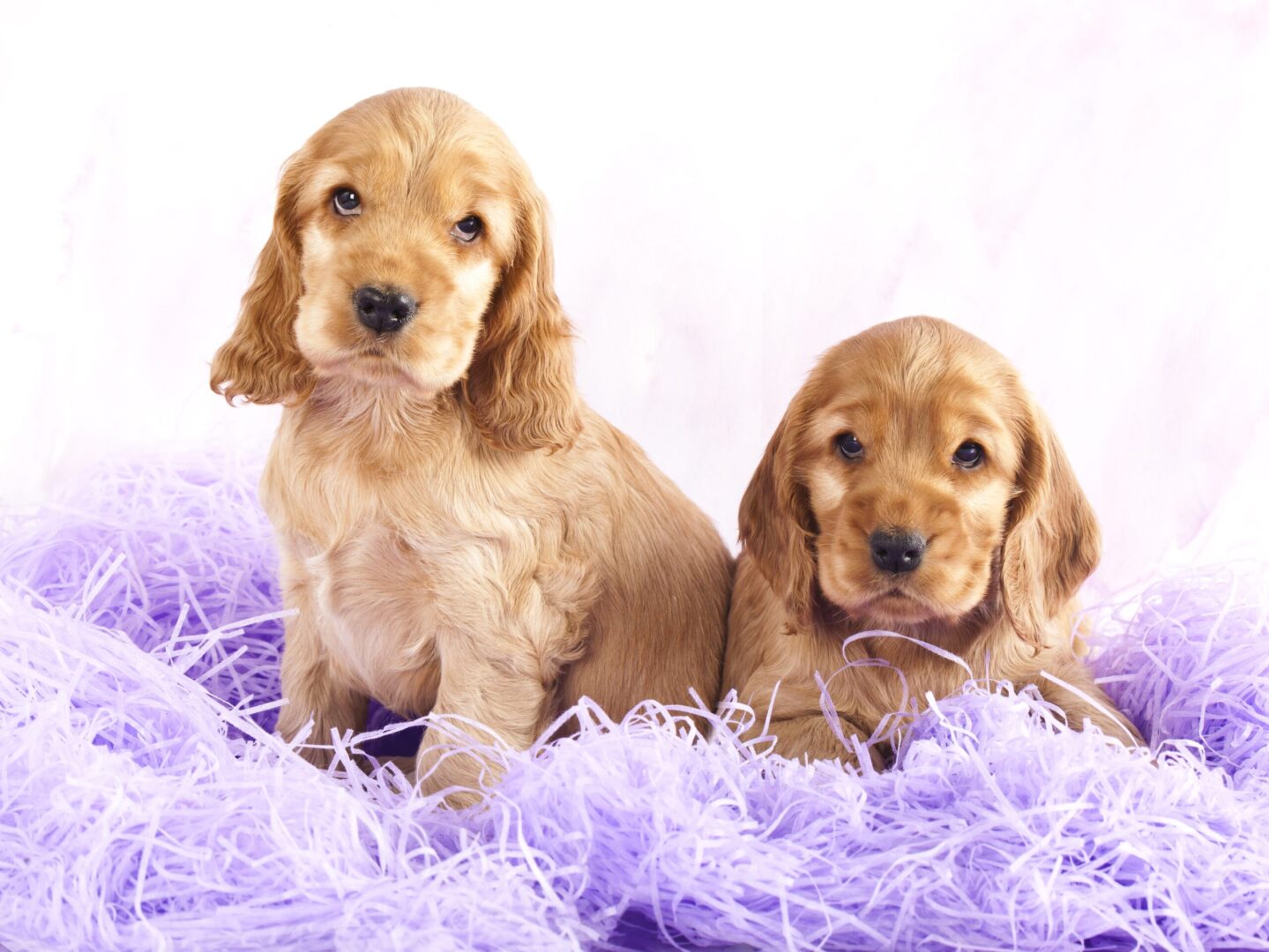
-
Havanese

-
Italian Greyhound
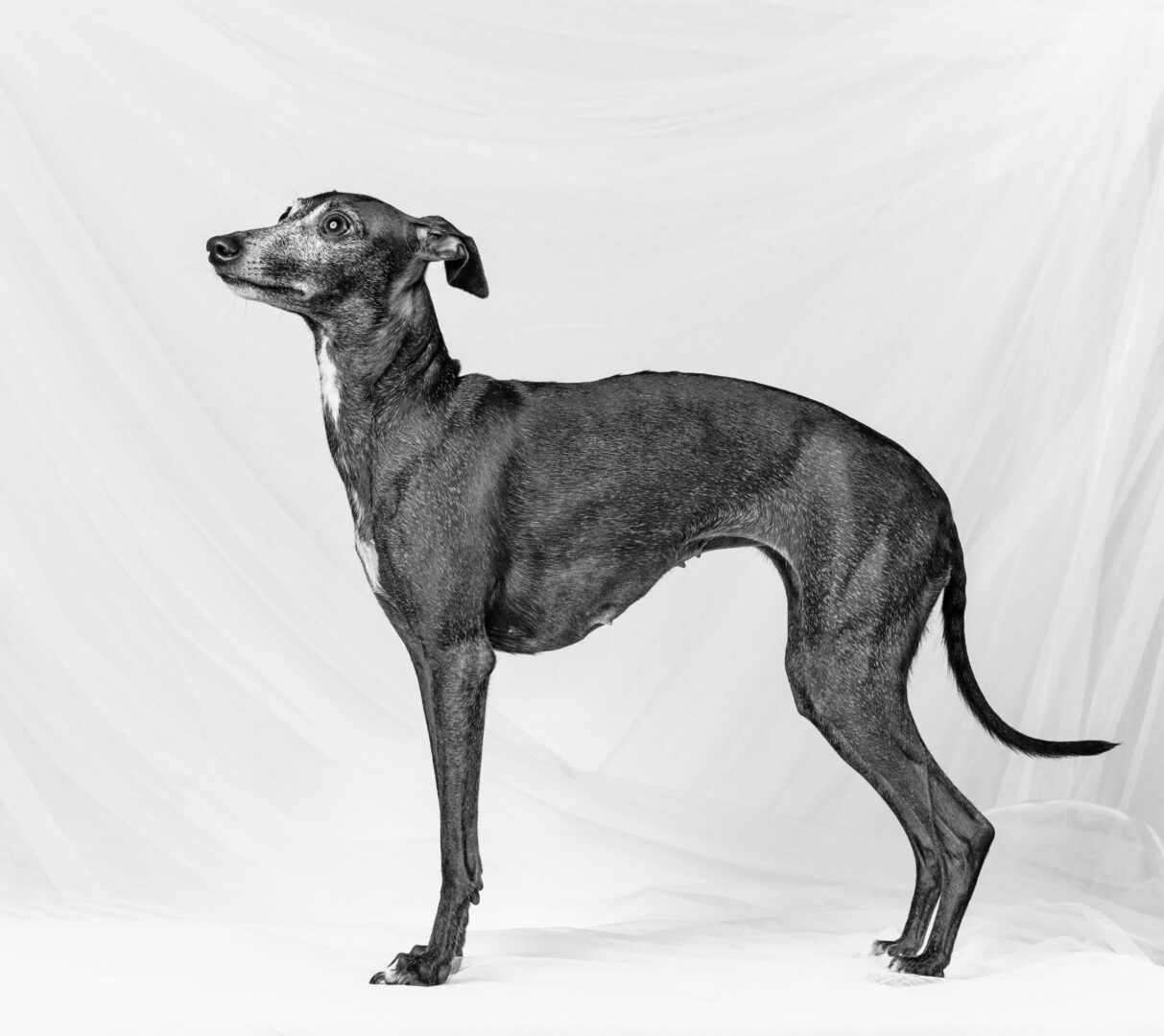
-
Japanese Chin
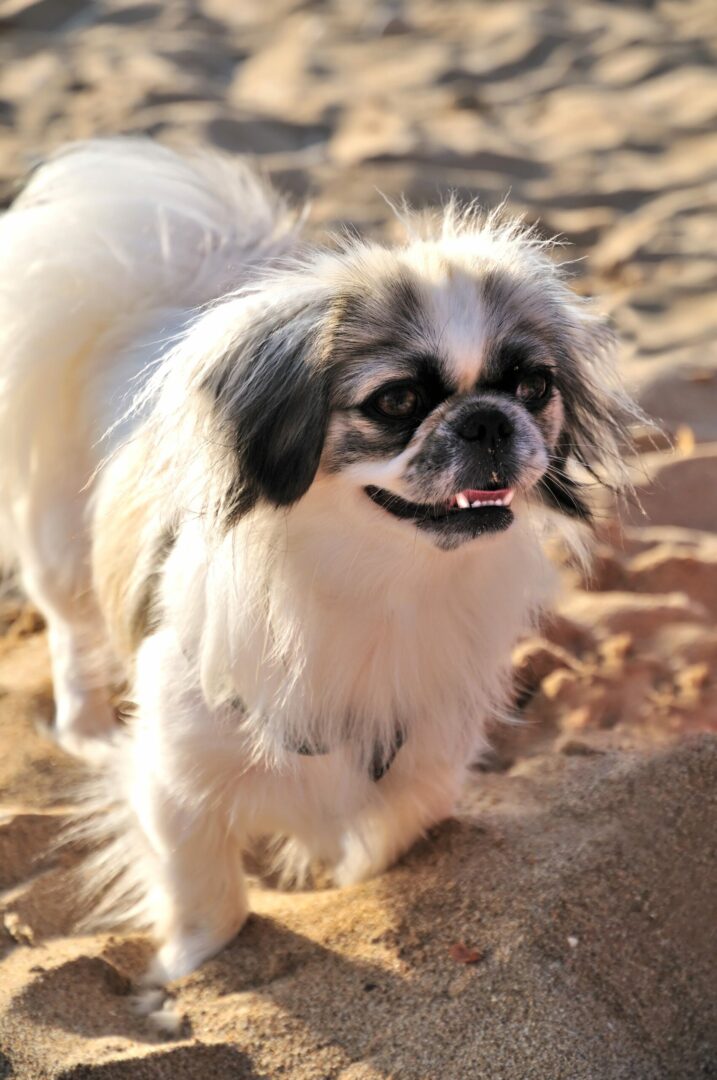
-
Maltese

-
Manchester Terrier
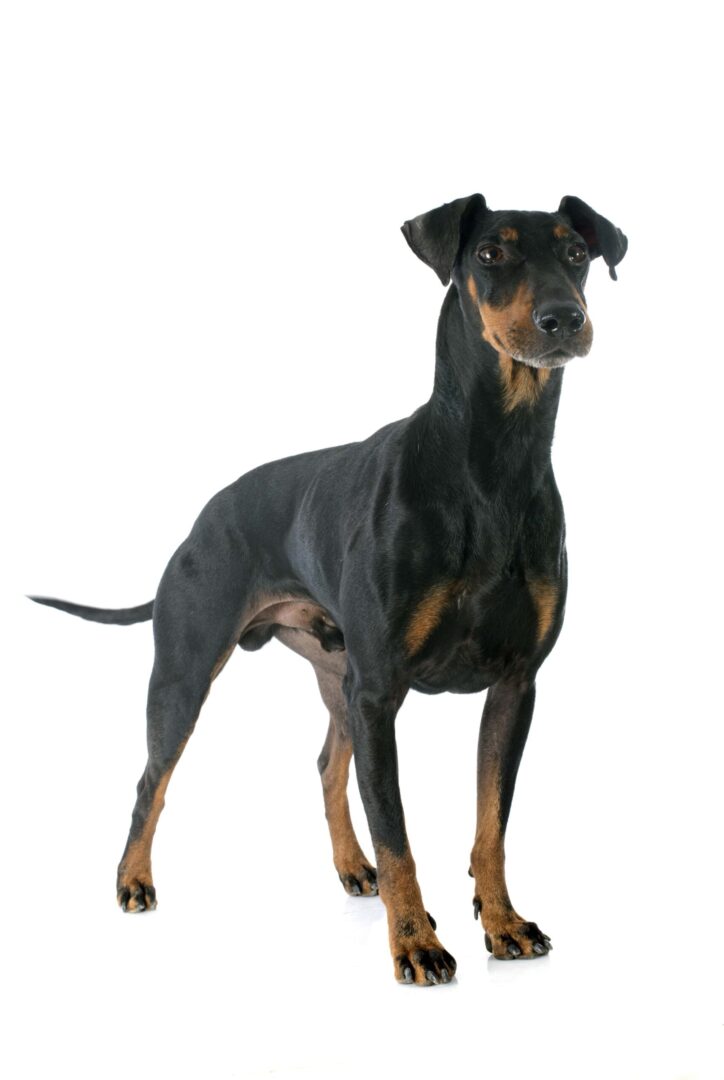
-
Miniature Pinscher
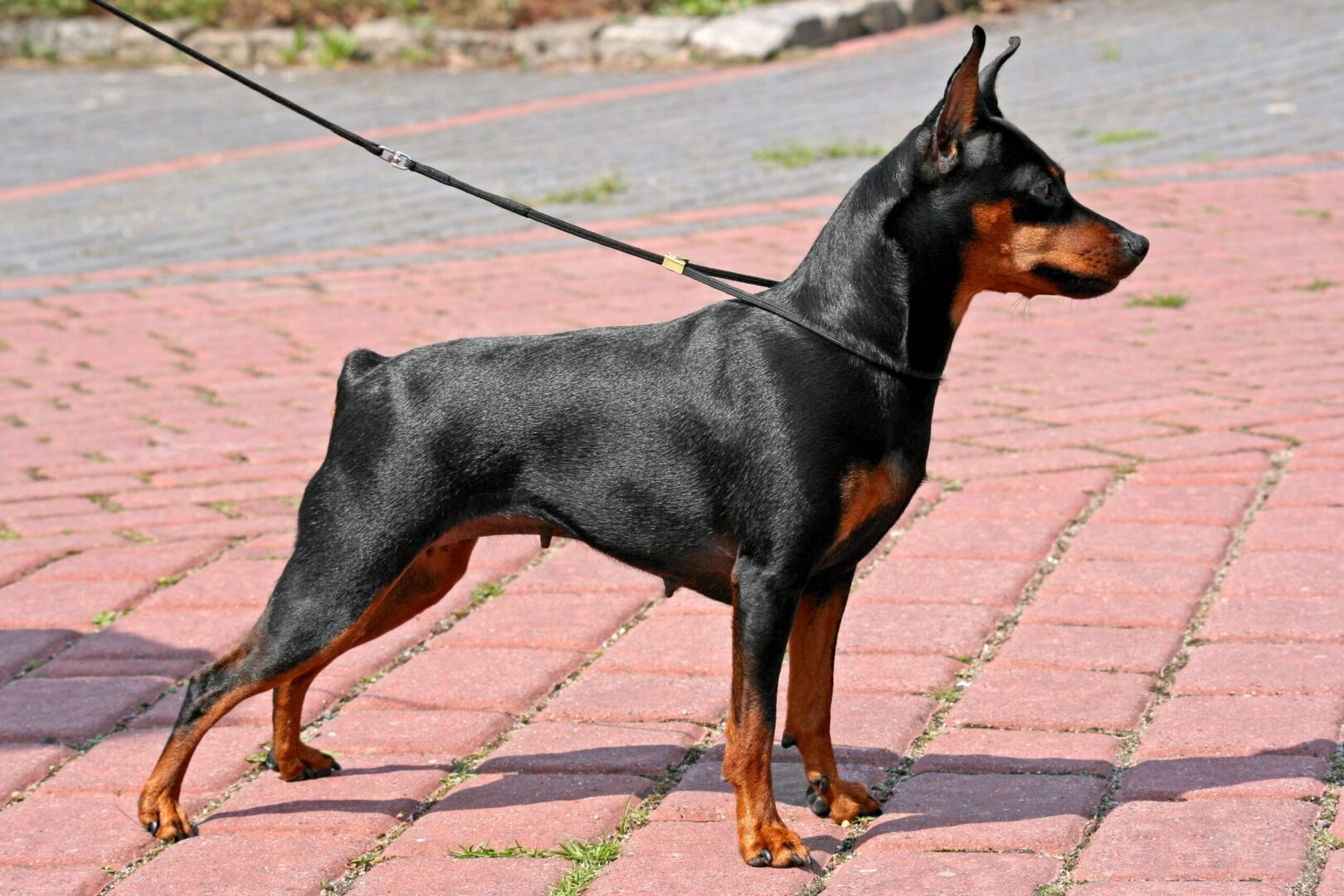
-
Papillon

-
Pekingese
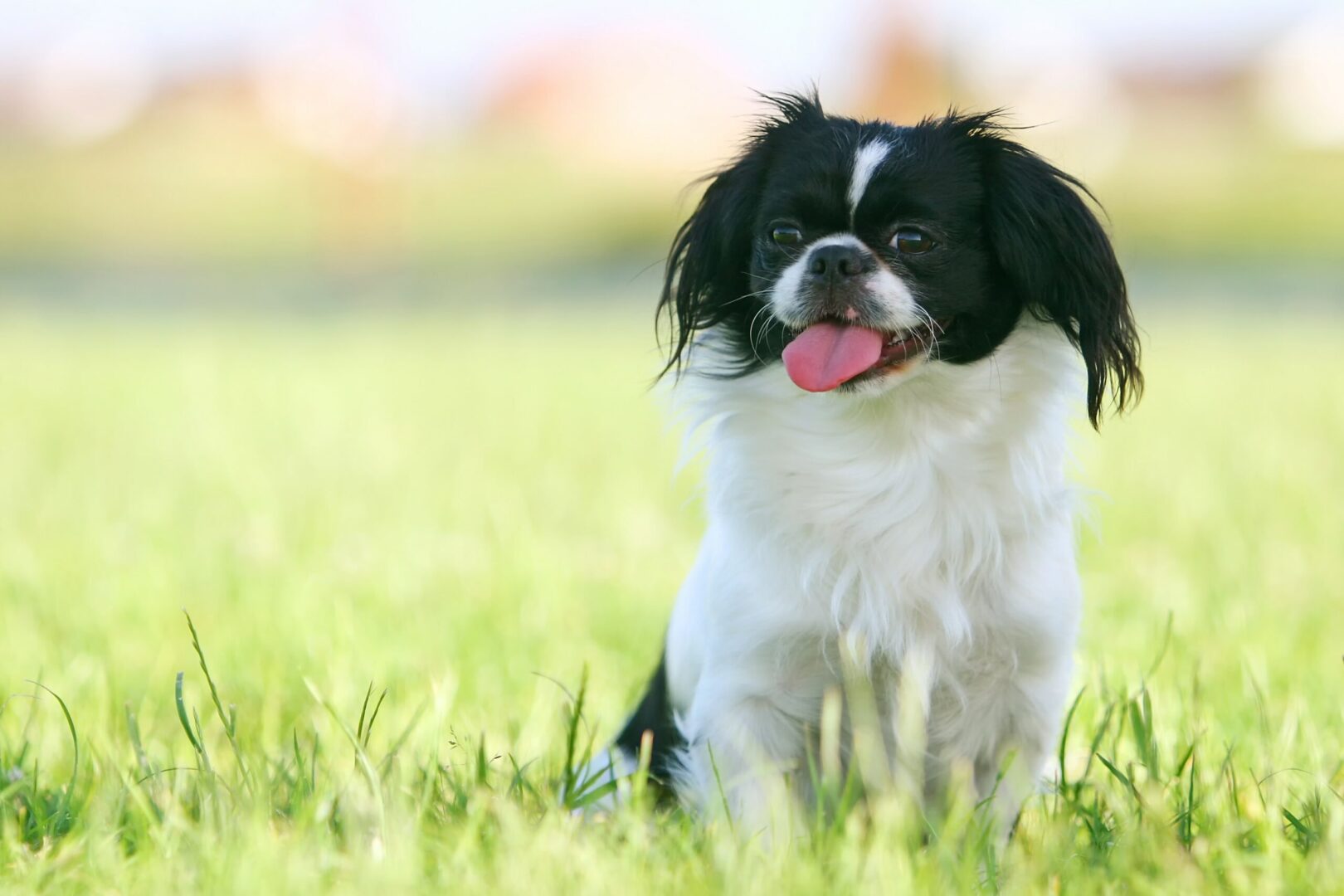
-
Pomeranian

-
Poodle – Toy
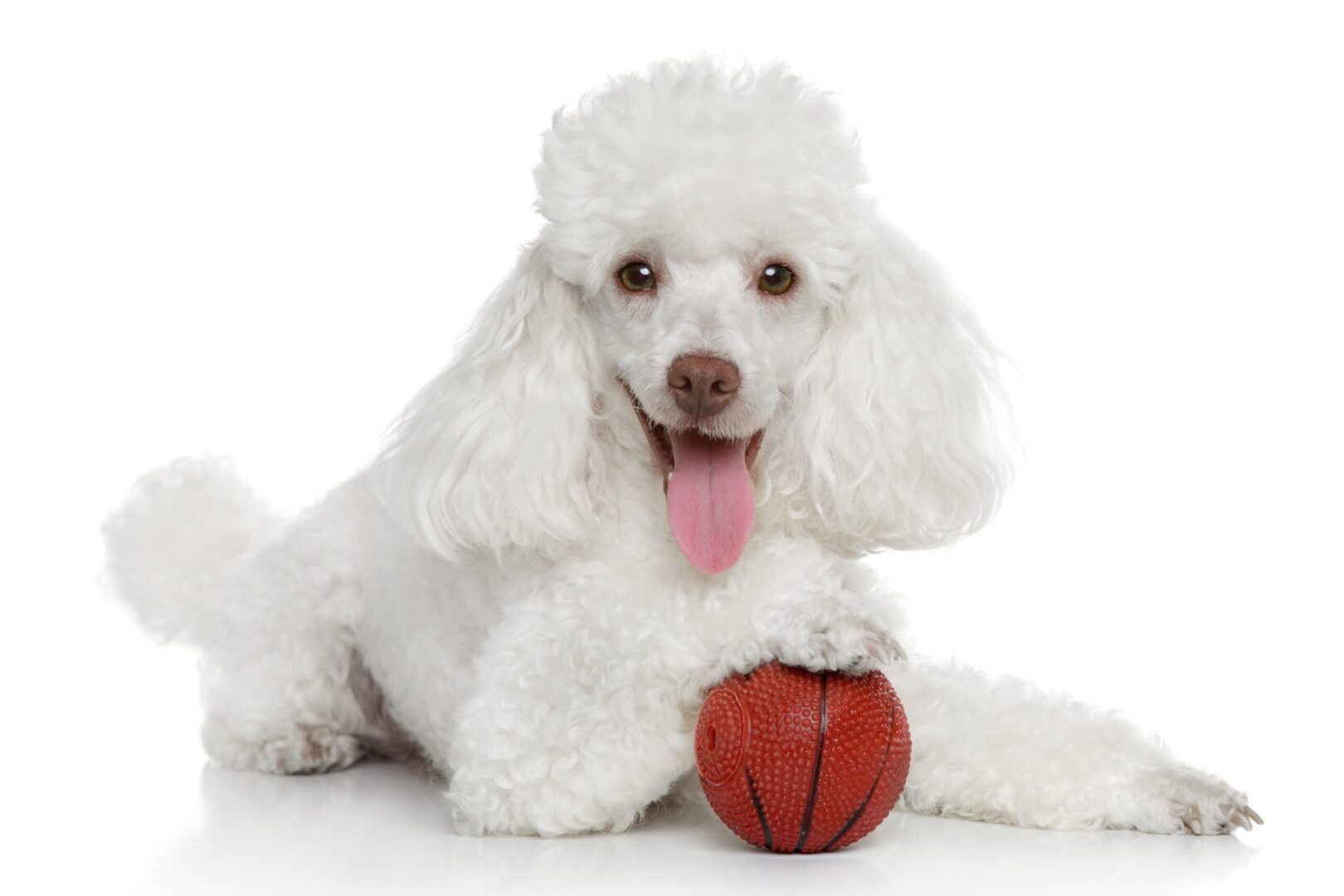
-
Pug

-
Shih Tzu

-
Silky Terrier
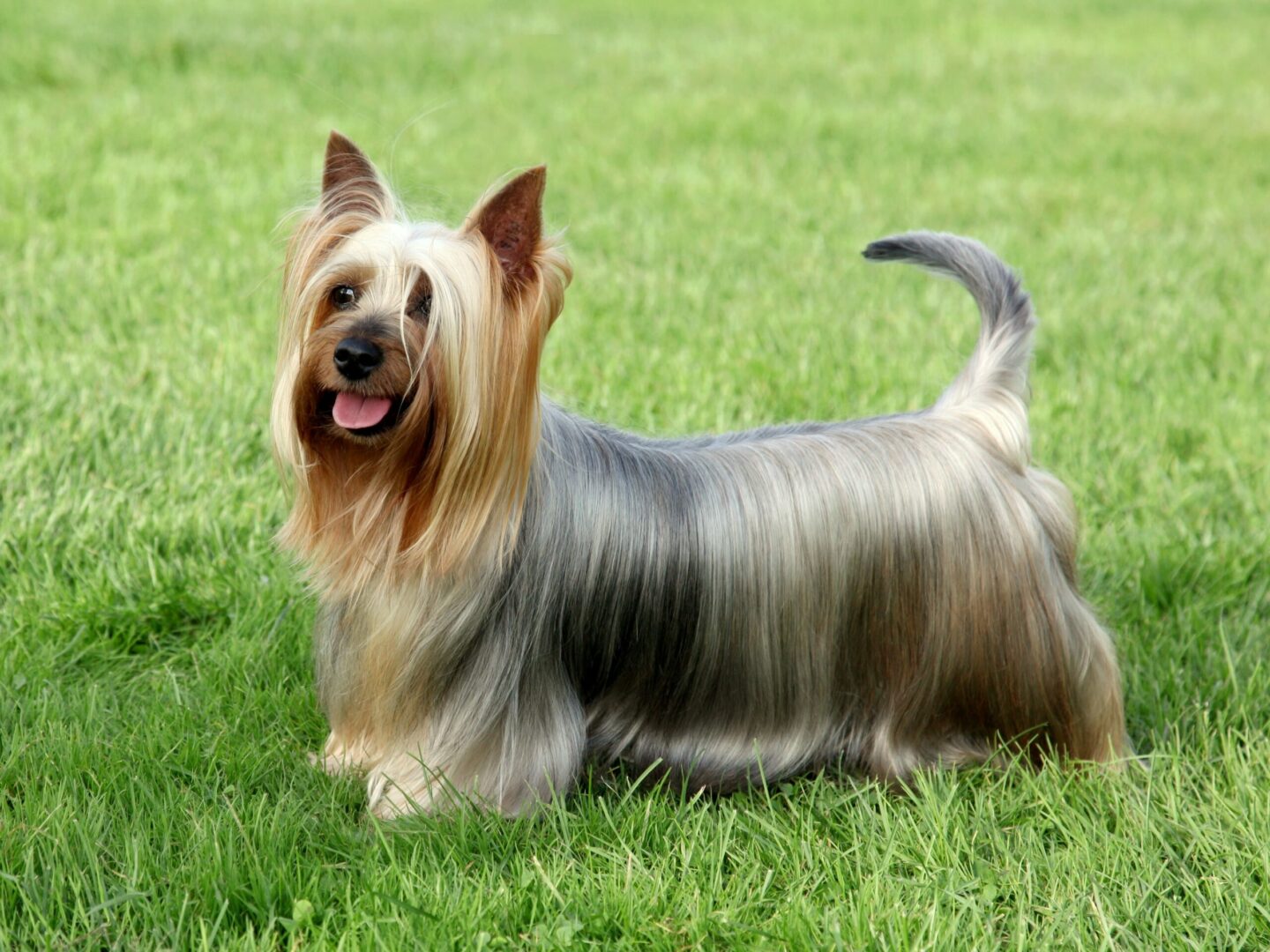
-
Toy Fox Terrier
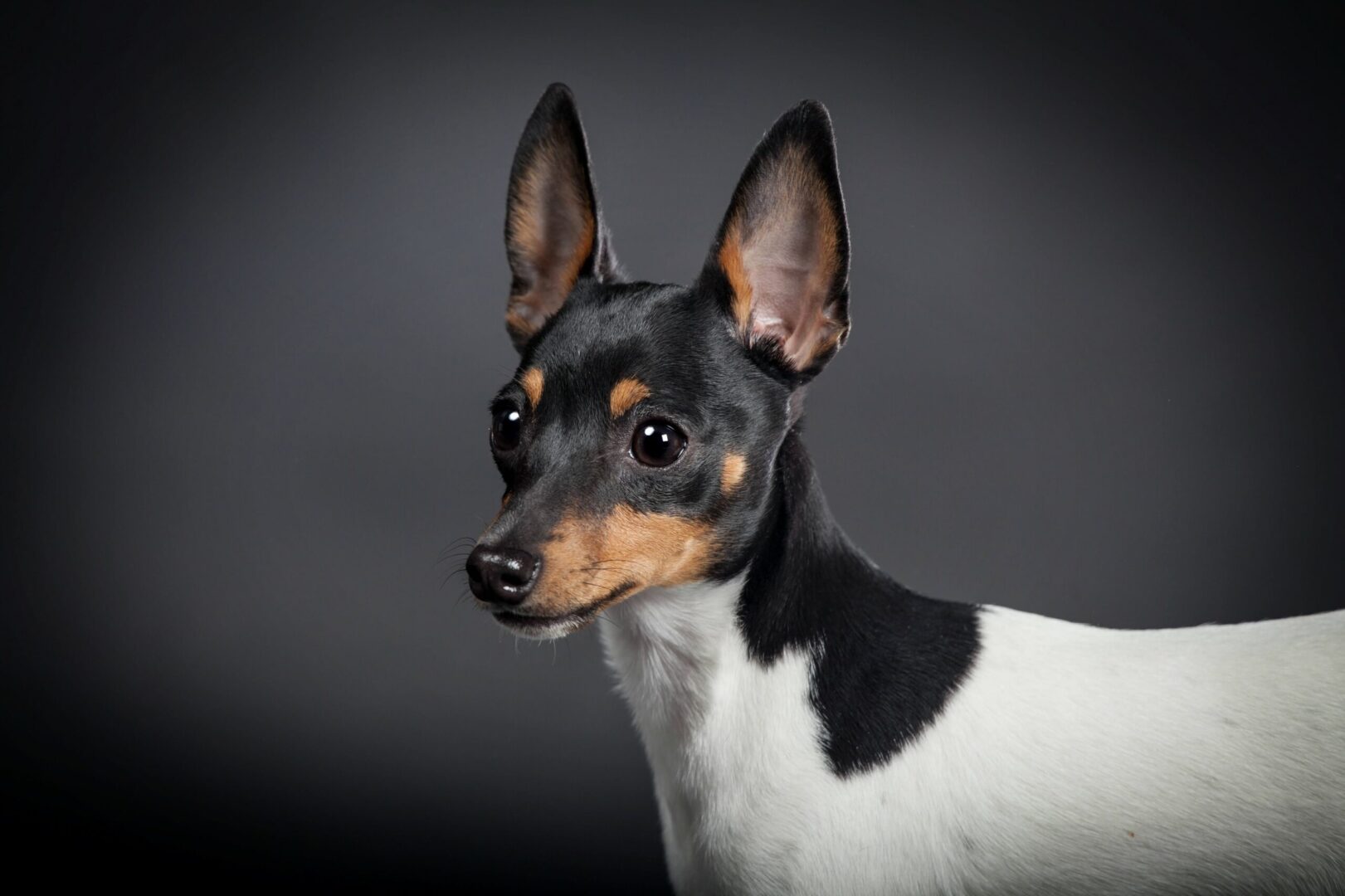
-
Yorkshire Terrier
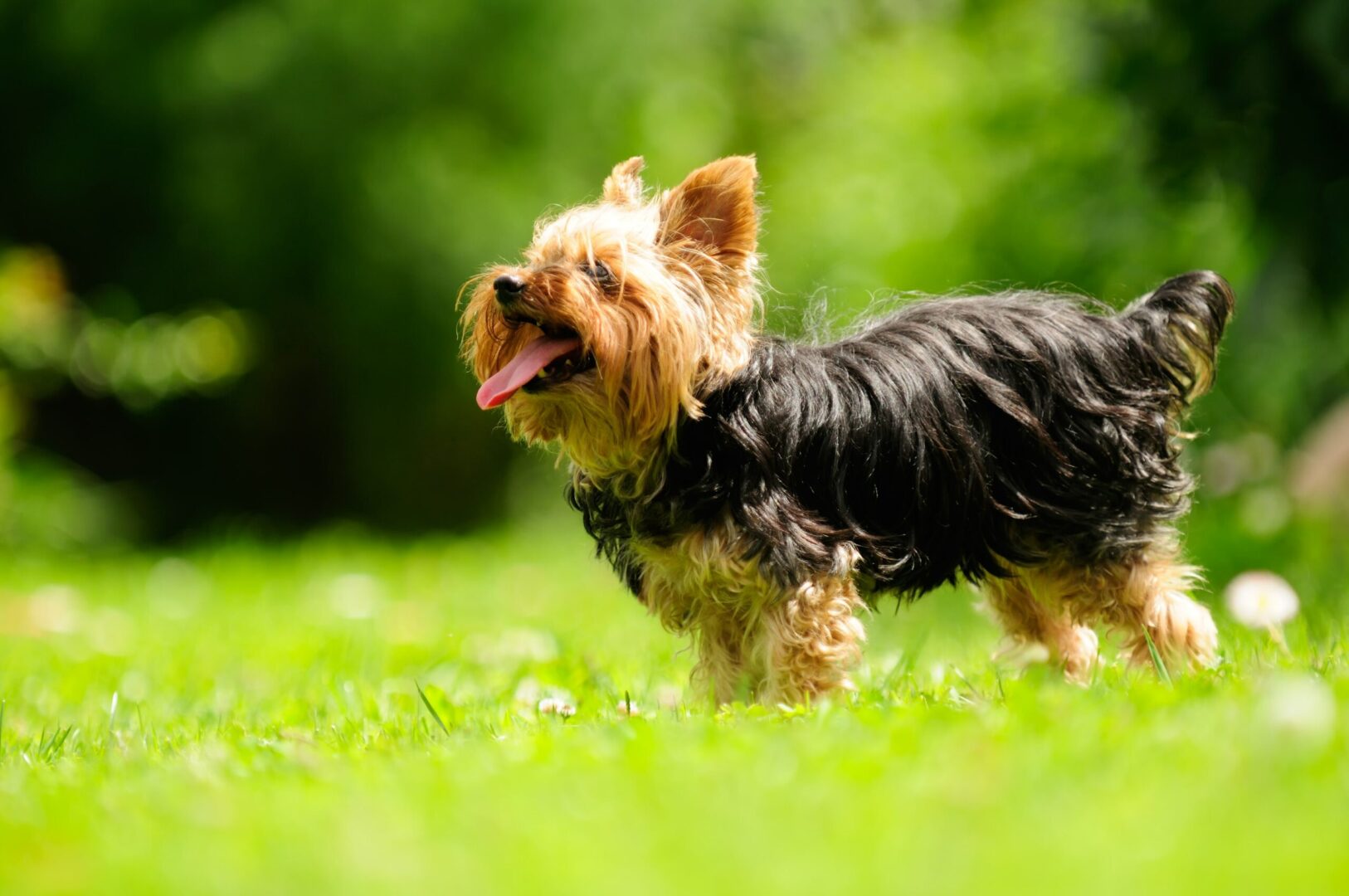
Clearly, there are quite a few familiar faces in that group. The pug, for example, ranks as one of the most popular breeds in general and one of the most frequently seen on sites like Instagram as well as in movies and TV. Yet, there are also lesser known toy breeds that deserve a bit of the attention.
While everyone loves at least one sort of toy, such as the chihuahuas, Pekingese, poodles and Shih Tzus in the group, I want to introduce five of these little guys that you might think you recognize, but probably haven’t seen before, along with some unfamiliar faces that need more attention.
The Affenpinscher
The AKC says that the Affenpinscher is “loyal, curious and famously amusing,” making this a great choice for fans of small dogs. However, you should know from the start that this breed is “fearless out of all proportion to his size”. At only 7-10 pounds and a height no greater than 11.5 inches at the shoulder, they are very little.
With nicknames like the monkey dog or ape terrier, it is obvious that there is something unique about their faces, and yet perhaps the French nickname of mustached little devil is more appropriate. However, as a huge fan of the Star Wars franchise, I can’t help but see a huge resemblance to the Ewoks of Endor when I take a look at photos of Affenpinschers.
So, they are adorable, sweet and humorous, but also bold and brave. In other words – they are classic toy dogs! However, and to the surprise of many, they were originally meant to work in the same ways of the terriers. They are great at exterminating vermin such as rats and mice, and throughout the 1600s, it was common to see an Affenpinscher doing just that in the local stables.
Smart as a whip, the dogs soon figured out that life was sweeter if you killed off the mice of the kitchen rather than the rats of the stables, and not long after, this breed became more of an in-home companion than a working dog, though they did remain dual-purpose dogs by cuddling up at night and ridding the home of vermin by day.
Historically, it is thought that this breed influenced the development of the Miniature Schnauzer and the Brussels Griffon (another toy we’ll look at). By the 1800s clubs were built around the breed and in the 1930s, the Affen was part of the AKC. It was an Affen that won the Best in Show at Westminster in 2013!
They are super confident dogs, though, and as one expert said, you never train the Affen. Instead, “He’s like a human. You befriend him.” Though I would always advise against treating any dog as an equal since this can make training extremely challenging, the Affen is a breed you may find yourself treating in just such a way. That is why you need to be very cautious if you intend to own this breed and small house pets such as hamsters or ferrets, since the Affen’s nature and status may make it impossible to prevent disaster should they decide that those pets are fair game.
Because they are great people-pleasers, you can often train this out of them, but I cannot emphasize enough that it will take dedication and work.
A major bonus to owning the Affenpinscher is its hypoallergenic coat. Of medium length and quite wiry, it requires weekly brushing and combing. They love the hair on their head and face to be pushed forward, emphasizing that little monkey-like look. They are not high maintenance dogs, though, and the only extra attention needed is to ensure that their eyes are kept clear of hair. You can find them in an array of colors, though black is the most common. They are also silvery grey, red, black and tan or a mixture of these colors.
Unlike many toy breeds, the Affens are a much higher energy dog and need moderate activity rather than the typical toy breed’s low exercise. They are great with indoor play and love interactive play with an owner. Brisk walks twice daily round out their exercise requirements and offer you a good opportunity to ensure your bold and affectionate little dog is also properly socialized.
Typically very healthy dogs, you’ll still want to be aware of some issues that can creep up in the Affens. They are known for problems with hip dysplasia, heart anomalies, luxating patella and eye issues. They should not be exercised in hot weather as they have respiratory challenges that inhibit productive panting. It is best to adopt pups that have been tested by an ophthalmologist’s evaluation as well as having patella evaluations.
I hope I haven’t over sold this breed because it is also one of the rarest. Those who want to adopt a purebred Affenpinscher may find that a long waiting time is ahead of them. And so if you are eager for your own Ewok or monkey dog, get on a list with a reputable breeder now!
The Brussels Griffon
Another dog with a real face to love, the Brussels Griffon is a pretty serious dog, and the AKC also describes them as “loyal, alert and curious”. Unlike the Affens, above, this breed is less clownish and more on the earnest side. The AKC also says that this is a dog with “enough personality for 10 ordinary dogs,” as well as being sensitive and “comically self-important”. I could probably stop right there because that is apt to most of us want a Brussels Griffon.
Standing at a maximum height of 10” and weighing only 12 pounds at most, they boast human-like expressiveness in the eyes and face, and a trot that exudes confidence far outside of the pup’s physical stature. Sociable and alert, it’s important to note right away that experts tag these dogs as being for adults only. This is because they are unique among the toy breeds and dislike a lot of handling by kids.
Incredibly bonded to their human companions, this breed is also a high risk for separation anxiety. Because they are so portable, though, it should never be a problem to bring your “Griff” with you wherever you might go. They have very long lifespans and few health issues, so if you are looking for a long-time companion who enjoys cracking you up and exploring the world with you by their side, these guys are a good choice.
The breed is quite old and you’ll see Griffs in paintings from the 15th century. They really emerged as a breed in Belgium of the 1800s where they first appeared as companions to coachmen and helped manage vermin in the stables. As noted in the brief on Affens, these dogs may have been inspired by or related to one another early on. Interestingly enough, though, it was the coachmen of the day who experimented with various breeds to develop a dog ideally sized for riding along and for catching and killing rats and mice.
It was when the Queen of Belgium spotted a Griff and decided to raise a few of her own that the breed really emerged as a favorite. Soon, all of the nobility had to have a Griff or two of their own, and this actually led to some changes in the dogs’ appearance, such as a smaller body and even more humanistic face.
By 1910, the AKC had entered the breed on its books. However, two world wars almost led to a complete loss of the breed, and it has been the dedication of British and U.S. breeders that allows us to still enjoy the companion of Griffs. More interest in the breed occurred after the film “As Good As It Gets” appeared in the late 1990s, since it was a Griff that nearly stole the show from none other than Jack Nicholson!
Owning a Griff is a bit different from other toy breeds because these dogs are not really the biggest fans of the lap dog lifestyle. They are huge fans of games with their humans and love lots of daily activity. Their high level of intelligence also makes them big fans of training such as tracking, agility and obedience events.
And as to the grooming issue, it depends on which type of Griff you own. There are rough coated and smooth coated varieties. The rough coated dogs are a great choice for those eager to live with a non-shedding breed. The smooth coated dogs require frequent brushing and a bit of extra help when they go through twice annual shedding. Both types benefit from the occasional bath or professional groom. If you want them to maintain that distinct and rather philosophical looking beard, you’ll need to get their heads trimmed by a professional groomer.
Similar to the Affens, the Griffs have very few health issues. You will want to watch out for eye issues, heart anomalies and they can have hip dysplasia or patella luxation. As is the case with any flatter faced dog, be very cautious about overheating this breed on hot days since they do not pant very efficiently. They should also have their teeth cleaned since all small dogs seem to have dental issues.
Super loyal, incredibly smart, very agreeable and easily trained (a real bonus with toy dogs) the Brussels Griffin have a fascinating history and very appealing personality. With their adorable faces and expressive eyes, they will become a treasured companion offering many years of affection and friendship.
The English Toy Spaniel
One look at the English Toy Spaniel and you’ll see that it was meant to be a companion to royalty. Countless portraits and paintings depict dogs with similar appearances, and with their silky coats and gentle natures, they still have a regal air. Yet, as the AKC says, they are a “gentle, playful and intelligent breed…spaniels first and pampered lapdogs second, and beneath the patrician exterior beats the heart of a real doggy dog”
Standing at ten inches at the shoulder and weighing no more than 14 pounds, these dogs are very distinct. You’ll immediately note their domed foreheads and long, lavishly furred ears as well as those large appealing eyes. Their droopy and plump cheeks give them a great look, and this matches that personality.
After all, the ETS is a breed noted for being a bit picky and choosy about its friends. Yet, once it has decided that you are a human it favors or prefers, you won’t soon shake this dog’s love and dedication. It is one of the more willful breeds, though, and also one that likes a lot of play and mental activity.
With a history dating back to the 1600s and the reign of Charles II, these spaniels have a bit of a hazy origin story. Some say they originate from the Far East and others say Spain (which is the starting point for many spaniel breeds). Wherever the first ETS came from, they quickly emerged as a popular breed throughout France, Italy and England.
By the time of the English Renaissance, they were already everywhere and even mentioned in some of Shakespeare’s works. It is said that poor Mary Queen of Scots was comforted by her ETS and even accompanied by it to her execution!
In time of Queen Victoria some refinements were made to the breed, and the more rounded head and flatter snout emerged. This is when the breed crossed the pond and appeared in the United States.
They are truly charming and sweet looking little dogs and their beautiful coats only add to their appeal. They are found in four official colors – Blenheim, which is a red and white mix; King Charles, which is a black and tan mix; Prince Charles, which is a blend of white, black and tan; and Ruby, which is an all-red dog. Their long and silky coats need twice-weekly brushing, and any mats or tangles must be eliminated immediately to prevent skin problems. They also need frequent trims at the feet and face. A bath once a month is a good idea but remember to keep their ears dry and clean.
Fairly active, this breed seems to really come to life whenever it is outside, and in an area where it can safely play. It will romp and run with its human companions and enjoys walks as well. Yet, once indoors, it is a very contented creature happy to sit on a lap or cushion and display a very self-assured expression.
The ETS is also extremely trainable. In fact, it is said that their spaniel side can still be tapped into and a modern ETS could be trained for hunting! They can display some stubbornness and do best with gentle and firm rounds of training. You must also be persistent and consistent, and early training and socialization are great boons for overcoming a tendency for stubborn behaviors.
Eager and willing to please, the ETS is a very loving and bright dog that can be trained to be a wonderfully well-mannered friend. They may not be an ideal choice for the home with small children as this breed is easily affronted and any rough handling may permanently destroy a dog’s trust in a child or adult.
As you can see, these dogs are remarkably unique. Capable of behaving as a sporting dog and hunter, eager to romp and actively play, they are also happy to cozy up on a lap and play the part of “household royalty”.
If you are looking for a friend to accompany you everywhere and provide you with years of gentle, sweet friendship, the English Toy Spaniel is a very good choice.
The Havanese
I took one look at this dog and felt I had to find a way to eventually adopt one. Cute is not a strong enough word for these little puffs of utter charm. They are the only dog native to the island of Cuba (hence the name) and they are noted as being, “intelligent, outgoing and funny” as well as cheerful and vivacious.
Small, but sturdy, they stand a bit taller than some of the other toys, reaching heights up to 12 inches at the shoulder and weights of up to 13 pounds. They can look a lot like tiny little sheepdogs, and if you “cord” their coat, they might easily be mistaken for miniature Puli dogs, too. So, if you like testing out hairstyles on a dog, the Havanese is a great breed since it has long, silky fur that gives its diminutive body a rounded and well-padded look.
Their tails flip up and over their backs and their front legs are a bit shorter, creating a wonderful little, Napoleonic stance. They are believed to be ancient relations of the Bichon breeds and the Maltese. They seem to date far back before written history, and their arrival in Cuba is due to their role as the dogs of royalty, nobility and the wealthy. They probably first arrived in the New World in the 1600s and have since been refined to today’s charming look. People as famous as Hemingway and Darwin also owned Havanese in their time, but they emerged as a popular breed outside of Cuba due to the rise of Communism and the takeover by Fidel Castro. Wealthy Cubans fled the island-nation with their dogs, and by 1960 the Havanese was making a name for itself.
The nickname of the Havanese is the Silk Dog and the Spanish Silk Poodle, which gives you a clue as to the feel of their coats. If you are not prepared for a high maintenance pup, then it is not the breed for you. They need daily grooming to prevent matting and tangles. You can have them kept very short, but why? Their coats are part of their amazing charm and appeal, and it takes just a few minutes each day to keep them looking so darn sweet. They do have eye staining issues, too, so add a minute to wipe down the eyes morning and night.
Super eager to please, these are one of the few toy breeds with absolutely no problems related to training. They can be sensitive in nature, so shouting or harsh treatment is going to be a huge problem. Instead, gentle and positive reinforcement is the only way. They do need socialization to reduce this breed’s tendency towards fear or reclusiveness, and they are also one of the higher energy level breeds in the toy group.
You don’t have to get them outdoors to exercise them as games of ball and catch are possible in almost any space. However, they do enjoy running and walking with their favorite people. This is also a breed that is very unhappy if left alone for great stretches or kept away from its people, so just be aware of this when choosing to adopt.
The Havanese have very long lives, but they have inherited a few problems. The AKC indicates that this breed “can be prone to, including eye disorders, chondrodysplasia, deafness, heart murmurs, Legg-Calve-Perthes disease (which affects the hip joint), and patellar luxation.” Ask a breeder for hip, ophthalmologist, and patella evaluations along with BAER testing.
If you were hoping for a charming, sweet-natured and darned good looking pal to adopt, the Havanese has played such a role for hundreds of years. Great global travelers, they are a preferred dog by many and sure to offer you excellent companionship and fun.
The Manchester Terrier
Don’t mistake this one for a miniature pinscher! The Manchester Terrier has a somewhat similar look but is a very different type of toy breed. The AKC calls them “agile, spirited and intelligent,” and I call them ridiculously cute. Deep brown eyes and an expressive face, along with a short and glossy coat and large upright ears make them highly communicative with just one glance.
Standing at around 12” at the shoulder and weighing around 12 pounds, they are one of the few short and wiry coated toy breeds. They get their name from the English city in which the breed was developed. Though they are very terrier-like in their ability and desire to eliminate all vermin, these dogs also have a very racy profile. They are very graceful and fearless, and most experts agree that you can always count on them to be athletic and brave as well as watchful and obedient, yet they are also great cuddlers!
Emerging in the 1800s, they were initially sporting and hunting dogs helping mill workers to catch rabbits and kill rats. Related to both the Whippet breed and another common terrier, they quickly developed into the dogs we know and love today.
They were a favorite of Victorian England and commonly viewed as a dog ideal for the gentry. This is why the toy version emerged, allowing the smallest of the pups to be bred into an entirely different branch of the same tree. Interestingly enough, over time, kennel clubs have reunited the toy and standard into the same heading, with the AKC remaining one of the few holdouts, keeping the Manchester Terriers in the toy group.
Mentally and physically active, the Manchester Terriers need daily activity that includes brisk walks or romping outdoors along with “human time” spent in play and interaction. They love to snuggle up on the couch or in bed, but they are also very happy to spend time chasing the ball around the living room or racing you from one room to the next.
As you might guess, the Manchester Terriers are one of the lowest maintenance breeds in the Toy Group. They need a once weekly brush and occasional bath, and simply wiping them down with a damp towel may be enough to get loose hair and keep the dog looking great. They do tend to develop longer nails, so regular trims are a must. Keep an eye on their large ears, too, since debris and buildup can pose issues.
As to training, this breed is also unique to the Toy Group since it loves to train. It is a thinking dog and focuses heavily on pleasing its human family. They are adept at every sort of dog sport including agility, lure coursing, rally, obedience, scent work and more. They even love freestyle dancing! Do socialize them early, though, as they are apt to forget they are dogs and focus on humans a bit too much.
This dog can do well with kids in the home, but it is the kids that have to be taught to never handle the dog roughly or ask it to do too much. This is the dog that will make an overly high jump to catch something tossed to it or play so hard it risks collapse.
If you want an exuberant “big dog” in a highly portable and appealing small dog package, the Manchester Terrier is one to consider!
In Closing
As the AKC says of the Toy Group: “They come in enough shapes and coat types to satisfy any preference, but all toy dogs are small enough to fit comfortably in the lap of their adored humans. In a way, toys are ‘working dogs’—they work at being attentive, affectionate companions.”
As we’ve seen with our general look at the group and the more in-depth exploration of specific breeds, they are all very unique creatures with huge personalities. Almost all of them, however, want nothing more than to be a constant companion to their human family. Whether you are a senior on your own, an urban apartment dweller or a family with kids and other pets, there is a toy breed well-suited to your home. If you are considering adding a new dog to the family, you’ll definitely want to look at your options in the Toy Group.
Related Content:
31 Hypoallergenic Dog Breeds (Video)
21 Most Dangerous Dog Breeds (Video)
5 Tips for A Successful Breeding
Sources:
https://www.akc.org/dog-breeds/toy/page/2/
https://www.akc.org/expert-advice/lifestyle/what-are-breed-groups/

